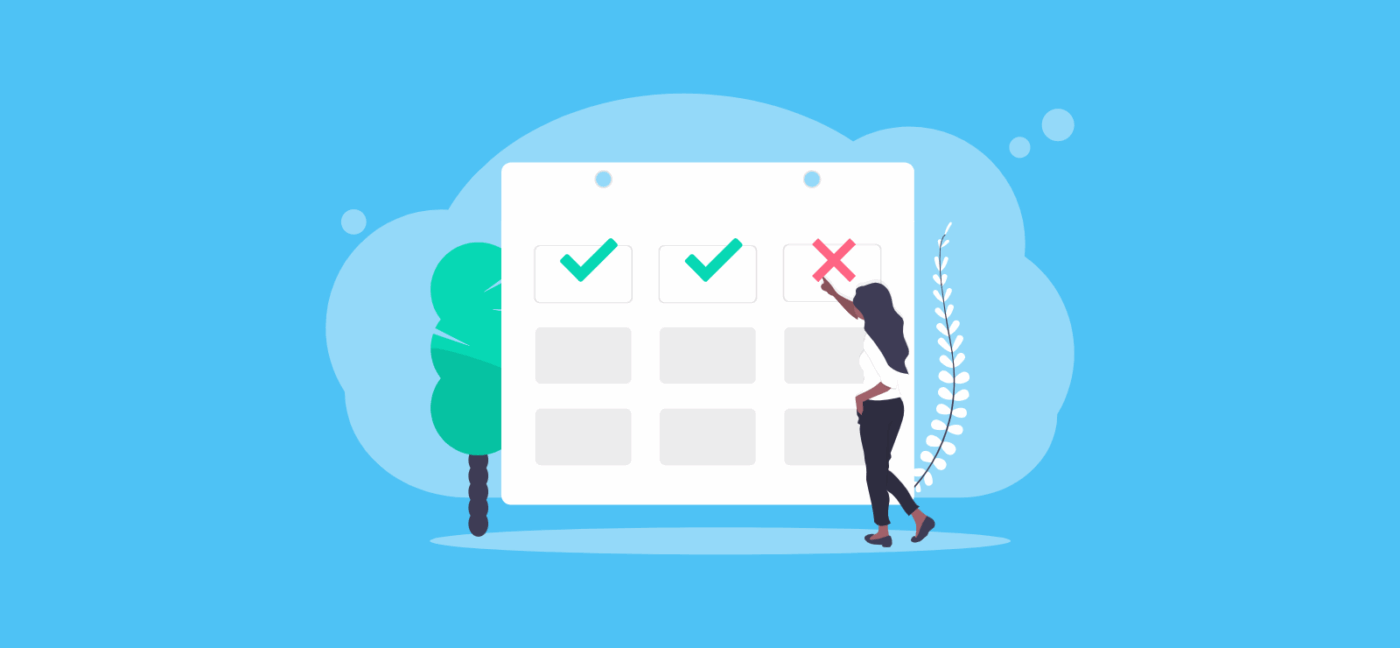Blog

Reporting and Paying Corporation Tax
5th December 2025If you run a business in the UK then you might need to submit a Company Tax Return and pay Corporation Tax…
Read More
How to Deal With Tax as a Contractor in the Construction Industry
4th December 2025Contractors who operate in the construction industry might have several areas of tax they need to think about. You’ll have your own…
Read More
Company Name Registrations, Compared
4th December 2025The art of the company name. It’s a tough one to get right. Everyone wants to stand out, but developing the most…
Read More
What Happens if My Self Assessment Is Late?
3rd December 2025You’ll normally receive an automatic penalty from HMRC if you need to submit a Self Assessment tax return and miss the filing…
Read More
Do I Need to Pay Tax on Christmas Presents?
2nd December 2025You don’t usually need to worry about paying taxes on your Christmas presents. You can unwrap your gifts in peace without needing…
Read More
Different Types of Capital Allowances
1st December 2025Capital allowances are a (horrendously) complex area of UK tax but claiming allowances wherever possible can help a business make a big…
Read MoreConfirm Transactions
The number of monthly transactions you have entered based on your turnover seem high. A transaction is one bookkeeping entry such as a sale, purchase, payment or receipt. Are you sure this is correct?
Please contact our sales team if you’re unsure
VAT Returns
It is unlikely you will need this service, unless you are voluntarily registered for VAT.
Are you sure this is correct?
Call us on 020 3355 4047 if you’re not sure.
Bookkeeping
You will receive our bookkeeping software Pandle for free, as part of your package.
You can use this to complete your own bookkeeping, or we can provide a quote to complete your bookkeeping for you.
Please select and option below:
Call us on 020 3355 4047 if you’re not sure.

